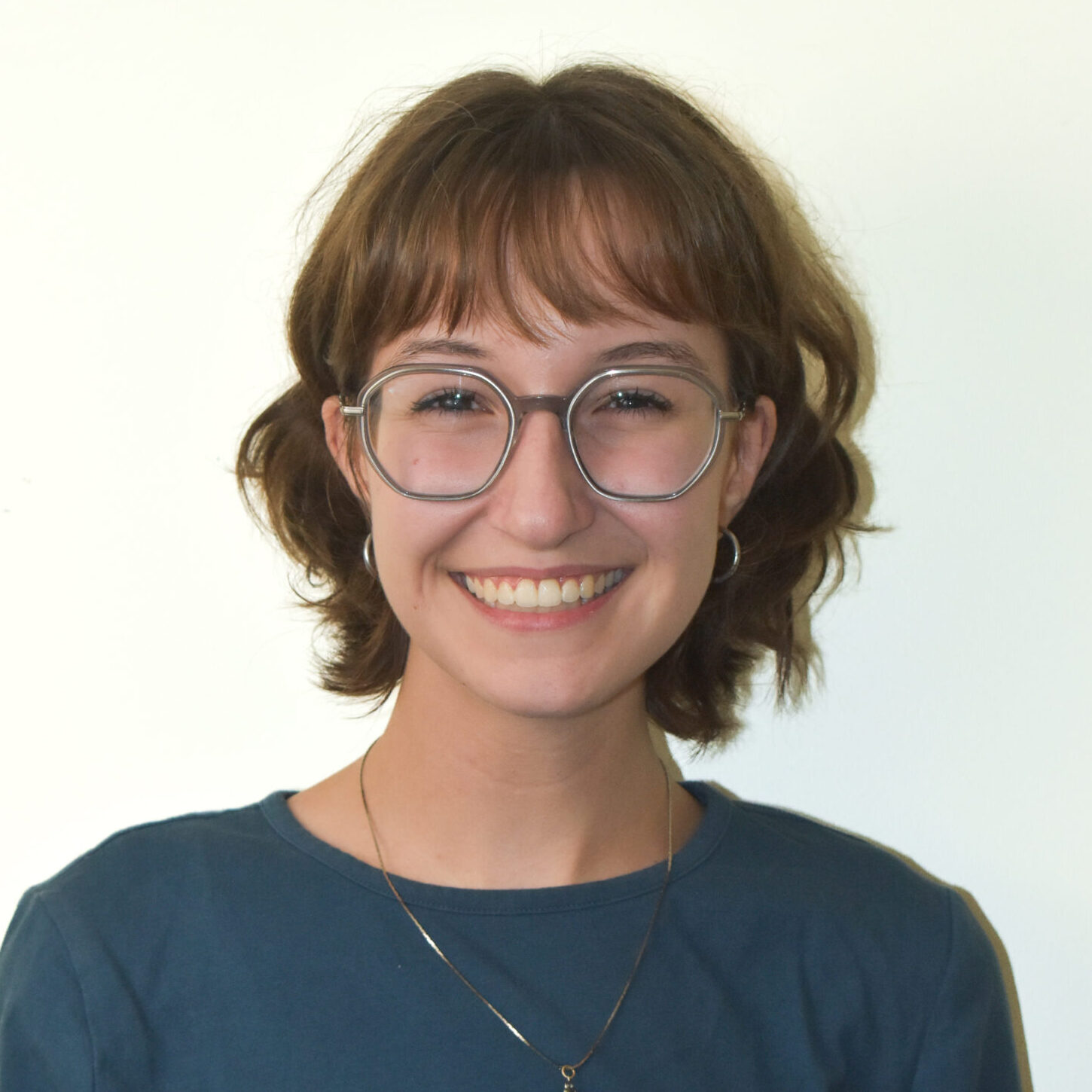Imbolc is a pagan ceremony celebrating St. Brigid, the patroness saint of Ireland.
‘Awakening the Earth, awakening our spirit’: Ritual Rhythms Chicago Hosts Imbolc Ritual
Despite Chicago’s dull winter chill, spring is hiding just around the corner.
At least, according to St. Brigid.
Ritual Rhythms Chicago, located at 6970 N. Sheridan Rd., gathered a crowd of around 15 people for an Imbolc ritual Feb. 1 — an Irish holiday symbolizing the beginning of spring and celebrating St. Brigid.
Though St. Bridget is also a recognized Catholic saint, Imbolc honors the Celtic goddess Brigid, who represents poetry, healing and forgery.
The word “Imbolc” means “in the belly of the Mother,” as the seeds of spring are sown in Mother Earth’s belly, according to the Boston Public Library.
This is the first time owner Jason Winslade and co-manager Vivian Meretrix have organized a ceremony for Imbolc since taking over Ritual Rhythms Chicago last November. The studio usually hosts belly dancing and burlesque, however, the duo both personally practice paganism.
“We are pagan people, and so it’s something that if we’re not doing it as a private observance in our home, we’re doing it at one of our shows because it’s just a reflection of who we are,” Meretrix said. “It is the song of our soul that we will sing whenever given the chance to do it.”

The Irish holiday speaks to the revival of life following the quiet death of winter, and its message isn’t only celebrated in paganism, according to Winslade.
“The sort of pop culture analog is Groundhog Day,” Winslade said. “The idea that we’re waiting to have a vision or a prophecy of what’s ahead, and wanting to come out of winter. It’s that movement towards openness, towards awakening — awakening the Earth, awakening our spirit.”
Ritual attendee Jennifer Alty said the number assigned to Brigid, 19, also symbolizes Imbolc’s transition from winter to spring. The number is associated with the 19 nuns who tended to Brigid’s fire, according to the Brigidine Sisters.
“We’re so close to completion, we’re so close to spring, so close to life, and we’re not quite there,” Jennifer Alty said. “And it’s about being okay with being in that moment.”
The evening began with the calling of the corners, during which Winslade waved a spiraled wand in the air as he turned each cardinal direction. Winslade called out to the four corners of the compass, the four elements of water, fire, air and earth and the four archangels Gabriel, Michael, Raphael and Muriel.
“We imagine ourselves in flight, we imagine ourselves in clouds,” Winslade said while calling the west. “We also tap into a deep intellect, where we discern, where we distinguish what is needed and what can be discarded.”
The Imbolc ritual opened with a guided rite, led by Winslade. Sitting by the altar, Winslade played a deep, intonating drone on a shruti box — an Indian hand-pumped instrument, reminiscent of an accordion.
Atop the shruti box’s throaty hum, Winslade directed the audience members on a journey of healing, shepherding them through winding woods to Brigid’s well.
“Just off that path, you find another branch of that walkway that winds around some large stones into a little outcropping,” Winslade said. “It is an ancient well. Above the well, trees are leafless, but they are still covered with rags, with string, with ribbons — offerings that people have left.”
Winslade instructed participants to kneel and offer prayer to the goddess before leaving an object that symbolizes where they need healing.
Items given away included a silver hematite ring, a pencil and a stone heart.

As attendees slowly awoke from meditation, Winslade and Meretrix prepared the altar with objects associated with Brigid. As Winslade read aloud T. Thorn Coyle’s “A Prayer for Troubling Times,” Meretrix accompanied the stanzas with corresponding actions.
“Holy Brigid / In these times of grief and anger / And these days of stolen lives… / Pour out the quenching waters from your well / Come, bathe our tear stained faces / We call to you with voices raised,” Winslade recited.
In time with the poem, Meretrix poured two vials of water into a glass cup cradled in a framework of interwoven golden antlers. One bottle came from Lake Michigan, while the other was collected from a goddess’ well in Northern Ireland, according to Winslade.
While the poem was performed, Meretrix also held up a golden ball-shaped candle holder with star cutouts. Meretrix proceeded to unsheath a sword and hold it above her head, wrapped a maroon cloth around her shoulders and baptized the audience in a cloud of incense.
Audience members lined up to light their candles with the altar’s flame and paused to share moments of reflection with Brigid. Winslade hit heavy beats on a handheld drum, while Meretrix used a rose as an aspergillum, lightly speckling participants’ hands with water from the cup before they lit their candles.
Both Winslade and Meretrix have backgrounds in performance art, which they said converges frequently with ritual practices.
“Because we are performers, we will incorporate that into a ritual if we have the stage,” Meretrix said. “We like to say when we’re shining a spotlight on us, it gives us a chance to reflect that spotlight on everyone else.”
Other than the recitation of poetry and the performance based on Coyle’s writing, Winslade said the ritual was almost entirely improvised.
“I do have a sense of where I want things to go,” Winslade said. “And some of it is just simply breathing and taking your time and being very aware of where you are in the space, with the energy or in the story. It’s a combination of research, improvisation and experience.”
As the ritual closed and the evening wound to an end, attendees enjoyed a community potluck and friendly conversation. With the scent of incense still hanging heavy in the air, ritual participants left with the promise of healing, life and the awakening of spring.
Ritual Rhythms Chicago’s next event will be a Full Moon Friday Drum Jam Feb. 7 from 7 to 10 p.m.
-

Catherine Meyer is a third-year student majoring in history. She works as the Managing Editor and Horoscope Editor for The Phoenix. She enjoys writing humorous essays and feature articles about the people of Rogers Park. A proud Michigander, Meyer likes petting stray cats and swimming in Lake Michigan — no matter the temperature.
View all posts
Topics
Get the Loyola Phoenix newsletter straight to your inbox!


